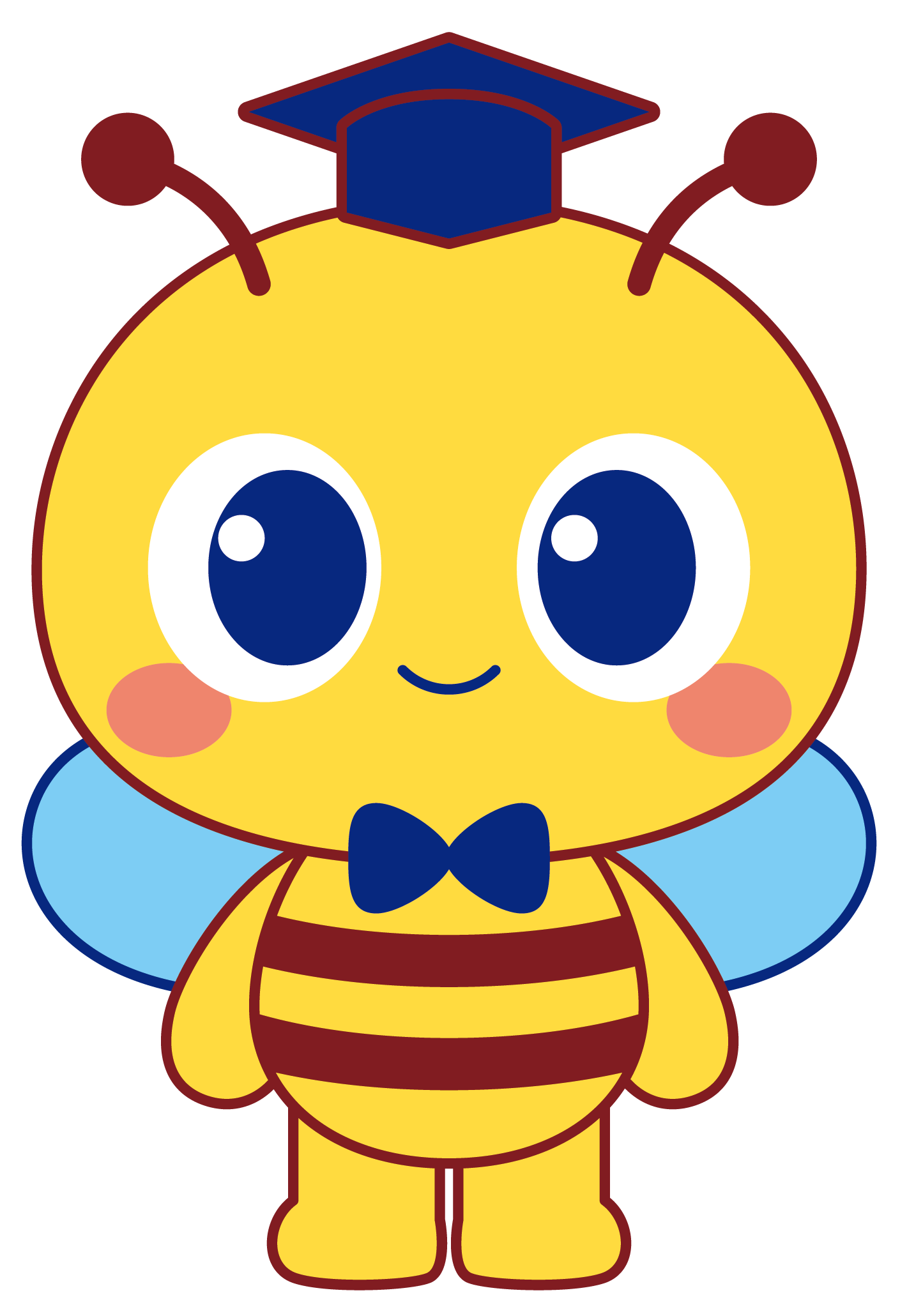Technology Sharing | DNA Electrophoresis Technology: Exploring the Molecular Fingerprint of Life
In the world of molecular biology, DNA electrophoresis is an amazing technique that allows scientists to observe and analyze the subtle differences in DNA molecules. This technology is not only crucial for researchers but also an intriguing topic in biology courses. Today, let's uncover the mysteries of DNA electrophoresis together.
I. What is DNA electrophoresis?
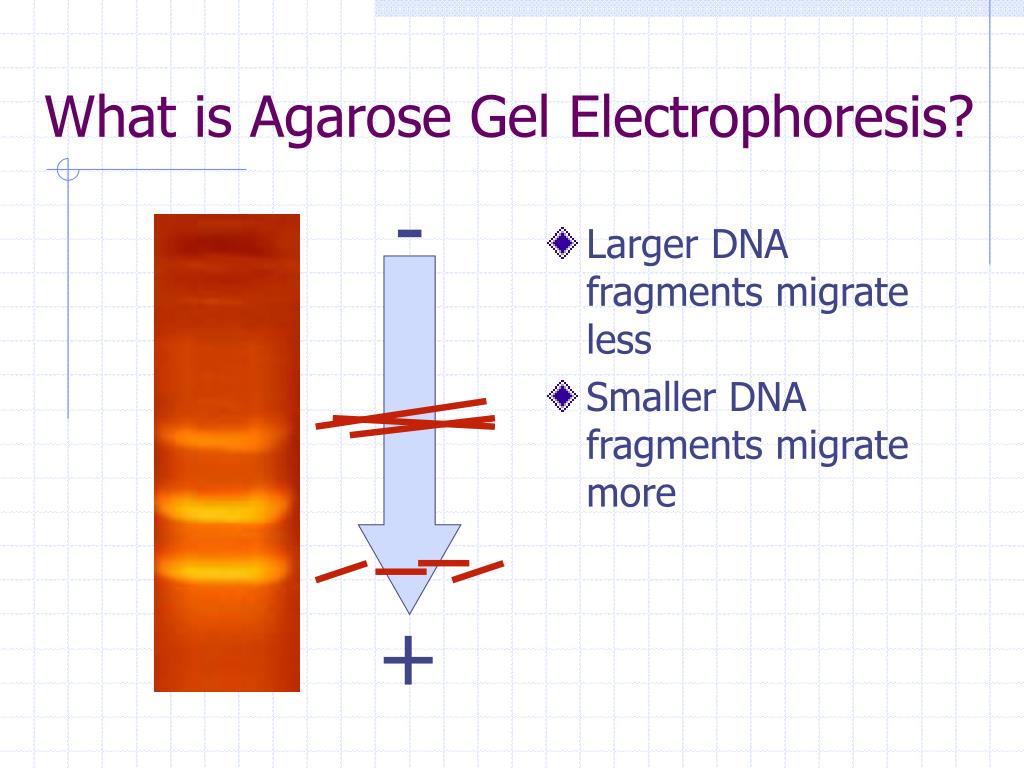
DNA electrophoresis is a laboratory technique that utilizes electric field forces to separate DNA molecules in a gel based on their size. Imagine DNA molecules as runners in an electric field race; smaller DNA fragments, due to their smaller size, run faster, while larger DNA fragments, because of their larger size, run slower.
II. The Principle of DNA Electrophoresis
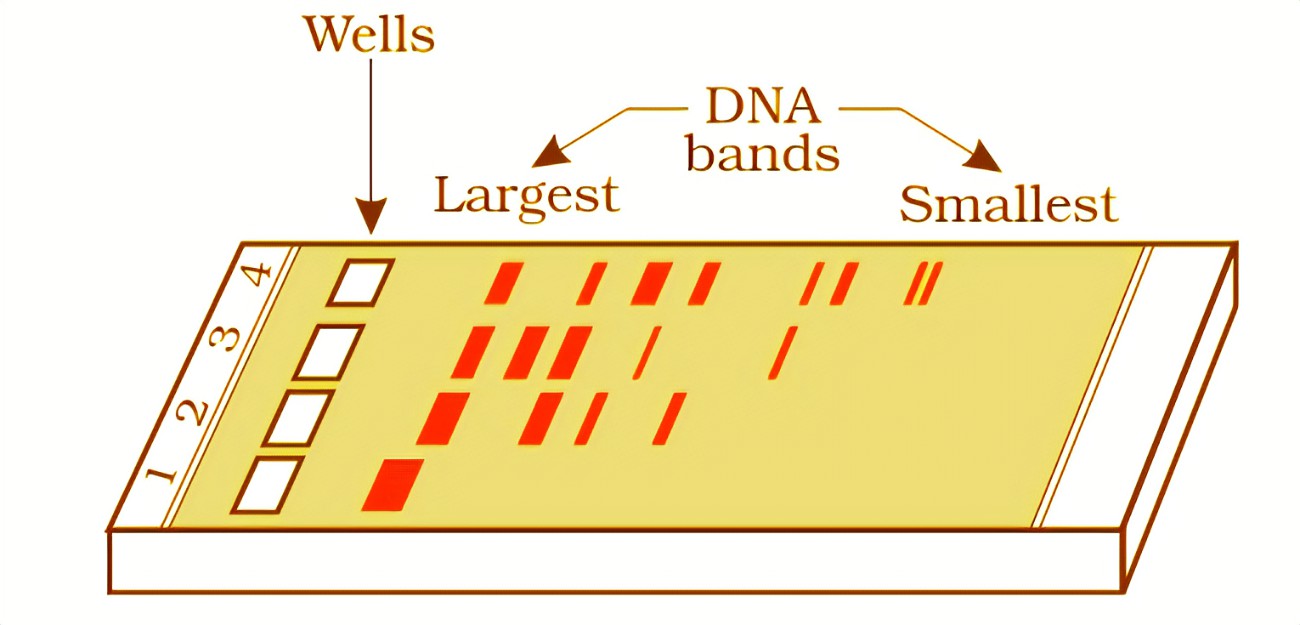
DNA molecules carry a negative charge, which is due to the negatively charged phosphate groups in the DNA molecule. When we apply an electric field in the gel, these negatively charged DNA molecules migrate towards the positive electrode (anode). The gel itself is a porous network structure composed of agarose, which functions as a molecular sieve, allowing smaller molecules to pass through while hindering larger molecules.
III. Experimental Steps of DNA Electrophoresis
1. Preparation of the Gel: Firstly, a gel composed of agarose and a specific buffer solution needs to be prepared. As the agarose cools, it forms a solid state, providing a medium for the separation of DNA molecules.

2. Sample Preparation: Mix the DNA sample to be tested with a special loading buffer, which helps the sample migrate uniformly in the electric field.

3. Load the Sample: Carefully load the mixed sample into the wells of the gel.
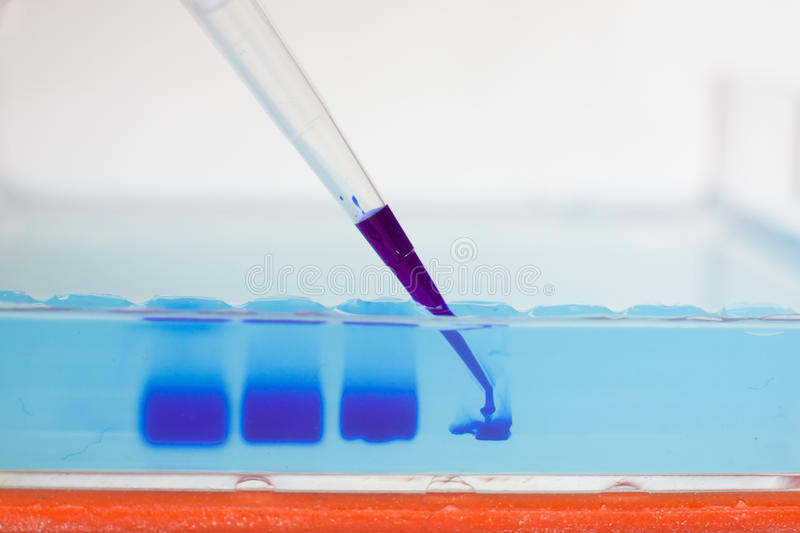
4. Apply Voltage: Turn on the power supply, and the DNA molecules begin to migrate under the influence of the electric field.
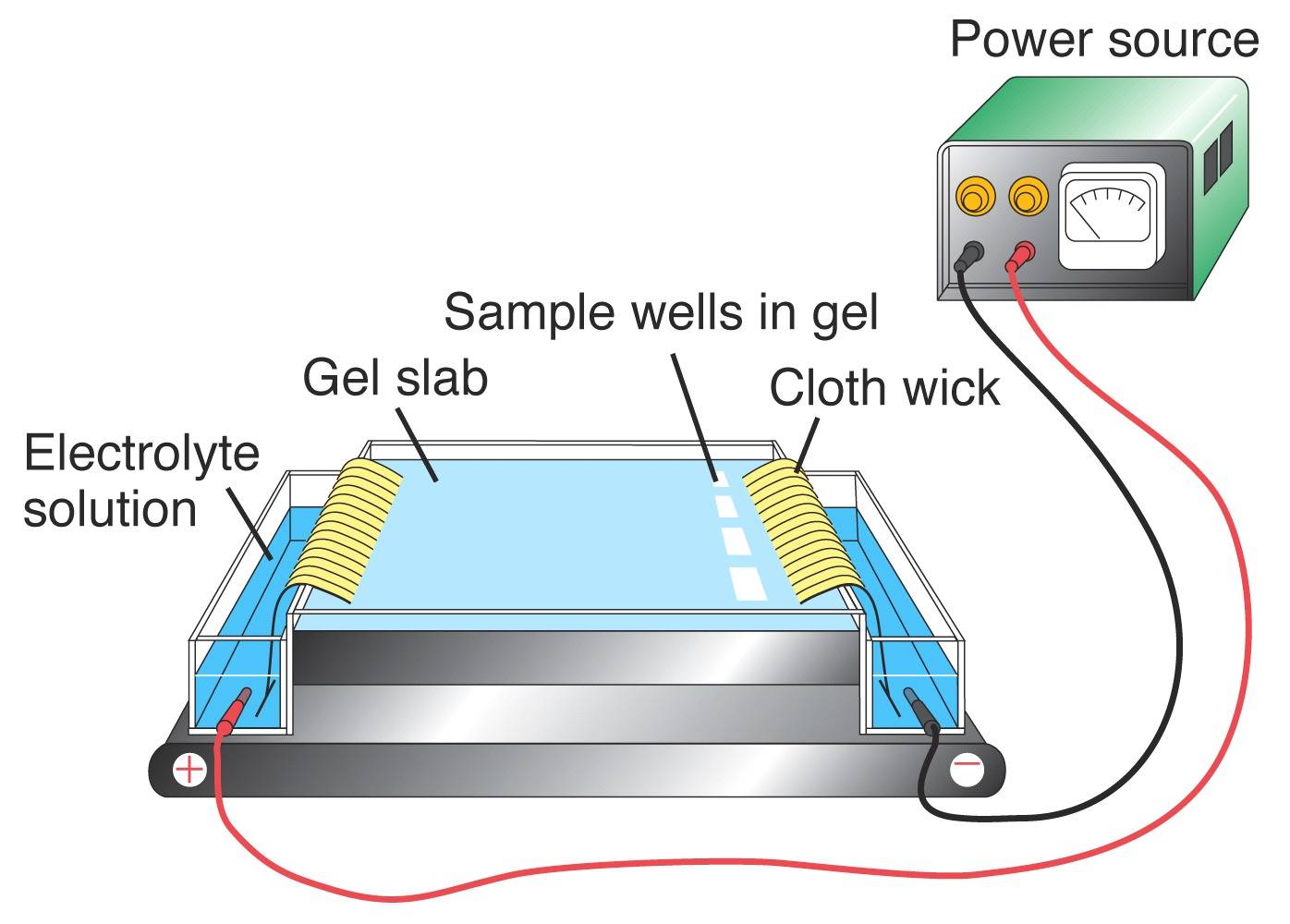
5. Staining and Observation: After electrophoresis is complete, stain the DNA with a fluorescent dye (such as ethidium bromide, EB). Then observe the gel under ultraviolet light, where the DNA bands will emit fluorescence.
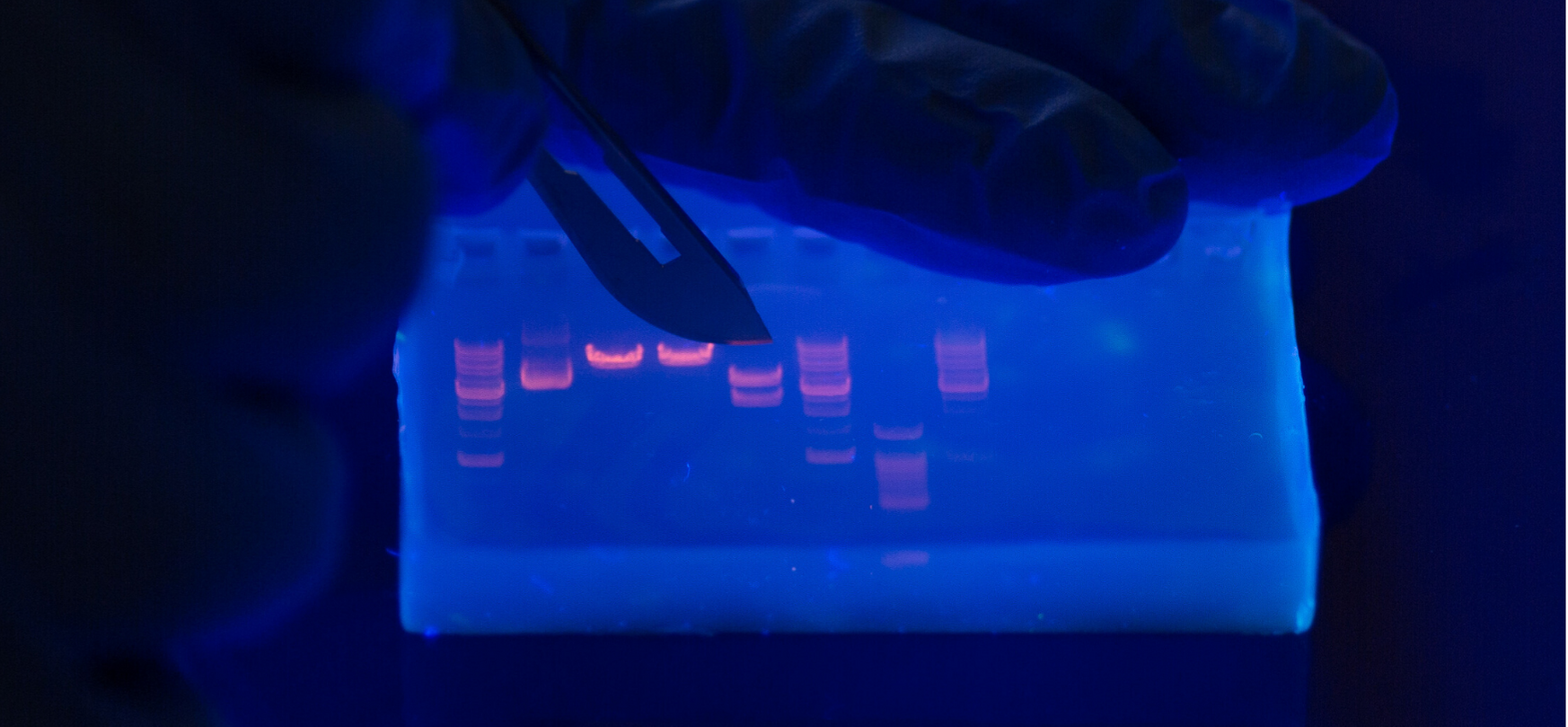
6. Result Analysis: By comparing with DNA standards of known sizes, the size of the DNA fragments in the sample can be determined.
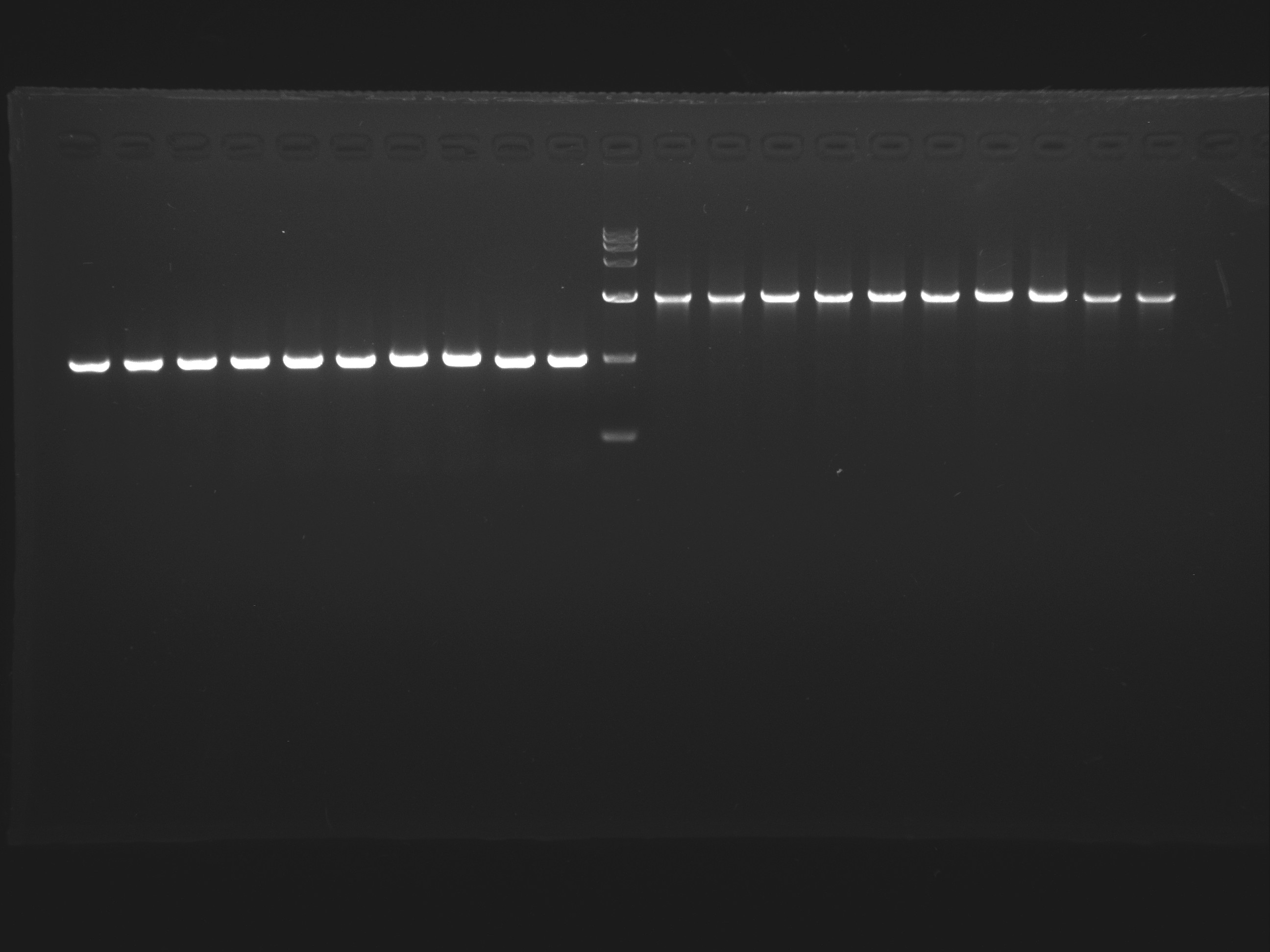
IV. Applications of DNA Electrophoresis
1. Genomic Research: Used for the analysis of restriction enzyme maps of genomic DNA.
2. Cloning Technology: In the cloning process, it is used to verify whether the target gene has been successfully inserted into the vector.
3. PCR Product Analysis: To check if PCR amplification was successful and the size of the amplified product.
4. DNA Fingerprint Analysis: In forensic science, it is used for individual identification and paternity testing.
V. Common Issues and Solutions
Fuzzy bands: This may be due to overloading of samples or inappropriate gel concentration. Reducing the sample amount or adjusting the gel concentration can resolve this issue.
Trailing bands: This could be caused by excessive sample loading or excessive electric field strength. Reducing the sample loading or decreasing the voltage can improve the band shape.
Dim bands: This may be due to too little sample or decreased efficacy of the dye. Increasing the sample amount or replacing with fresh dye can enhance the band brightness.
Poor separation of Marker bands: This may be caused by pre-staining with nucleic acid dyes of large molecular weight, which hinders band migration. Using post-staining methods or reducing the amount of DNA Marker and nucleic acid dyes can help.
DNA electrophoresis is a fundamental and powerful tool in molecular biology. It not only helps scientists gain a deeper understanding of the structure and function of genetic material, but also plays a crucial role in medicine, forensic science, and biotechnology. Through this technique, we can explore the molecular fingerprint of life and uncover the mysteries of genetic information.
I hope this article has helped you better understand DNA electrophoresis technology. Perhaps it has also sparked your interest and desire to explore biological science. After all, within each of us lies a unique DNA story waiting to be discovered.
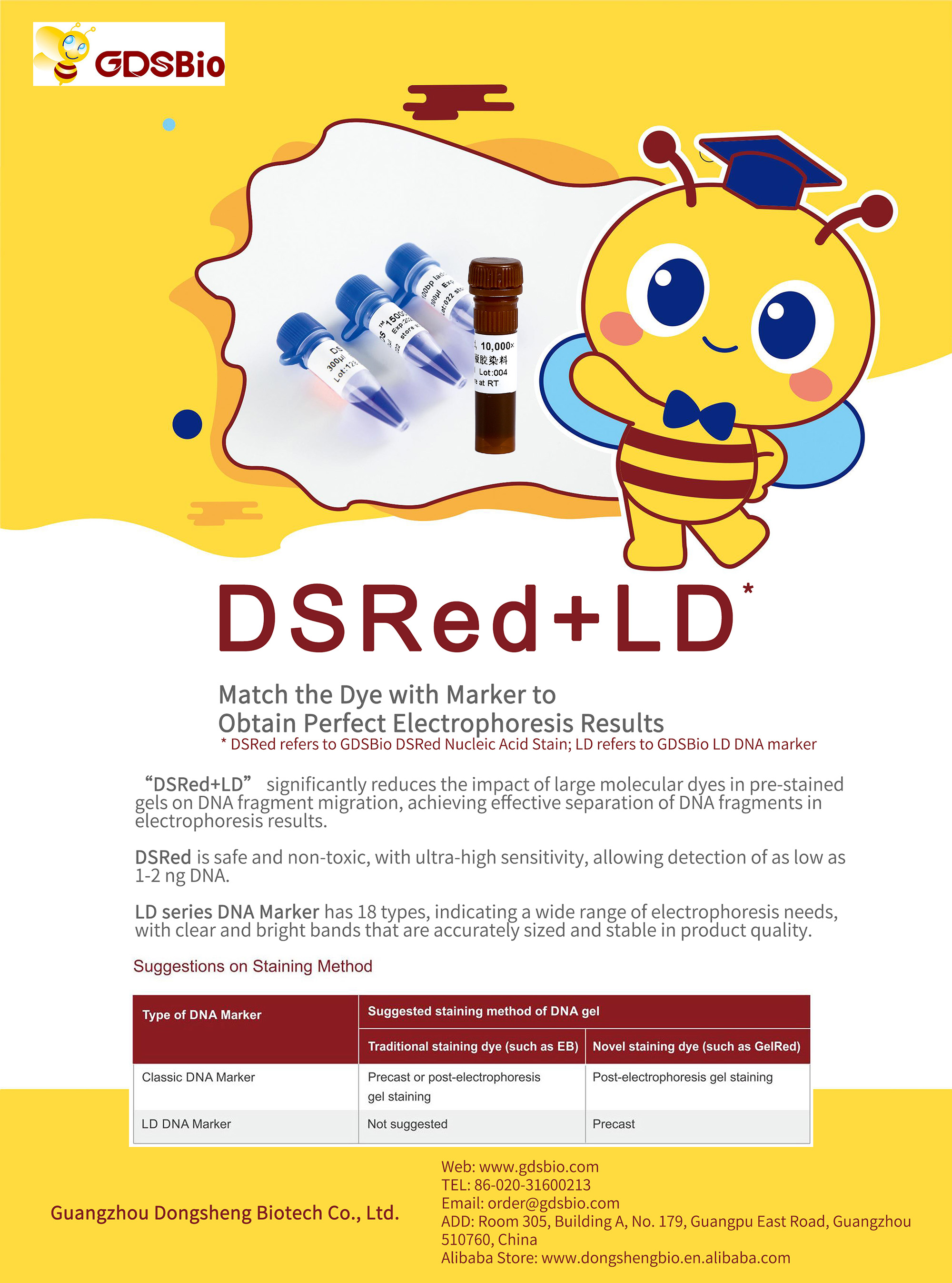
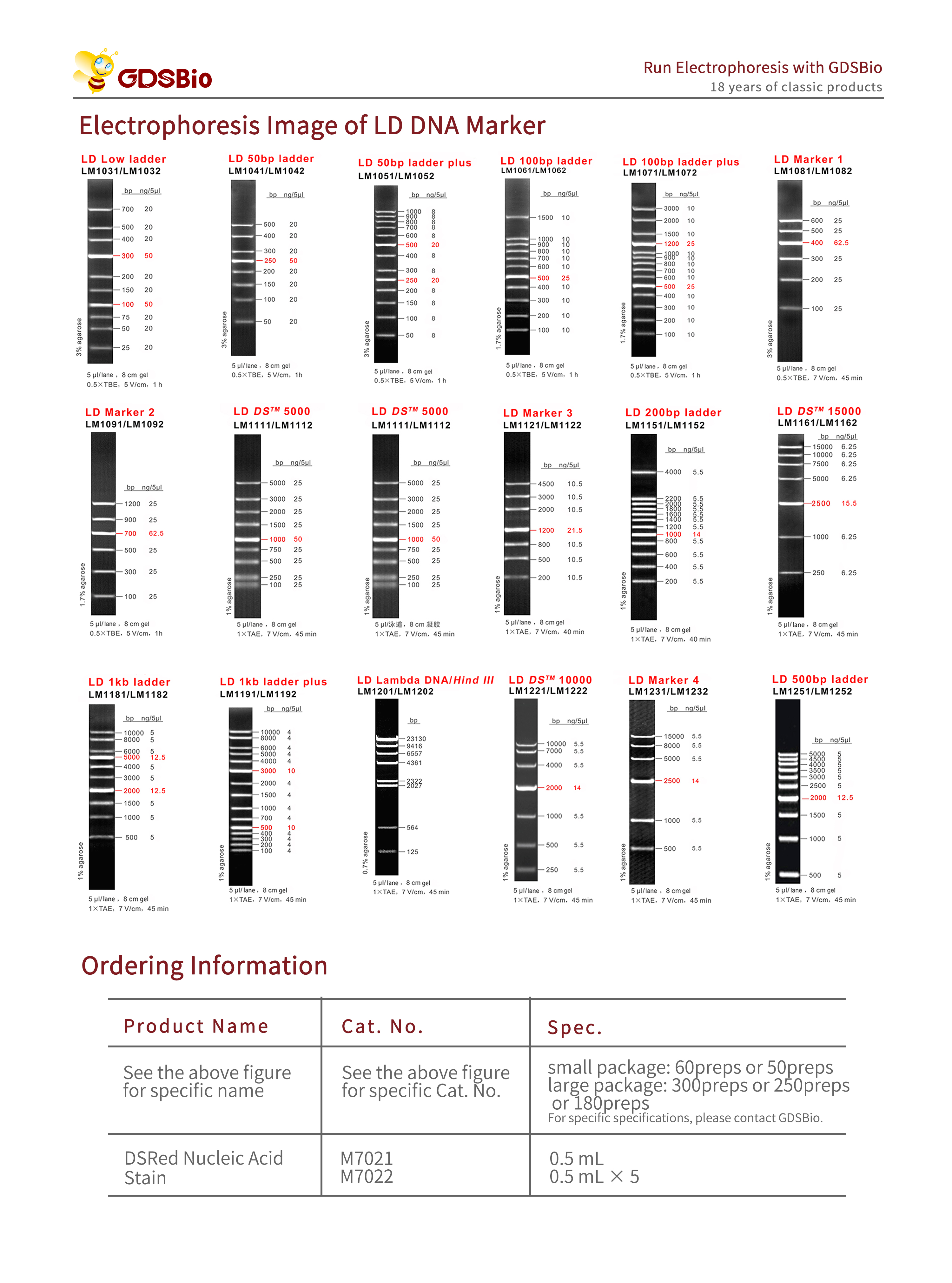
 Tel: +86 20 31600213
Tel: +86 20 31600213  Sales EMail: order@gdsbio.com
Sales EMail: order@gdsbio.com 



